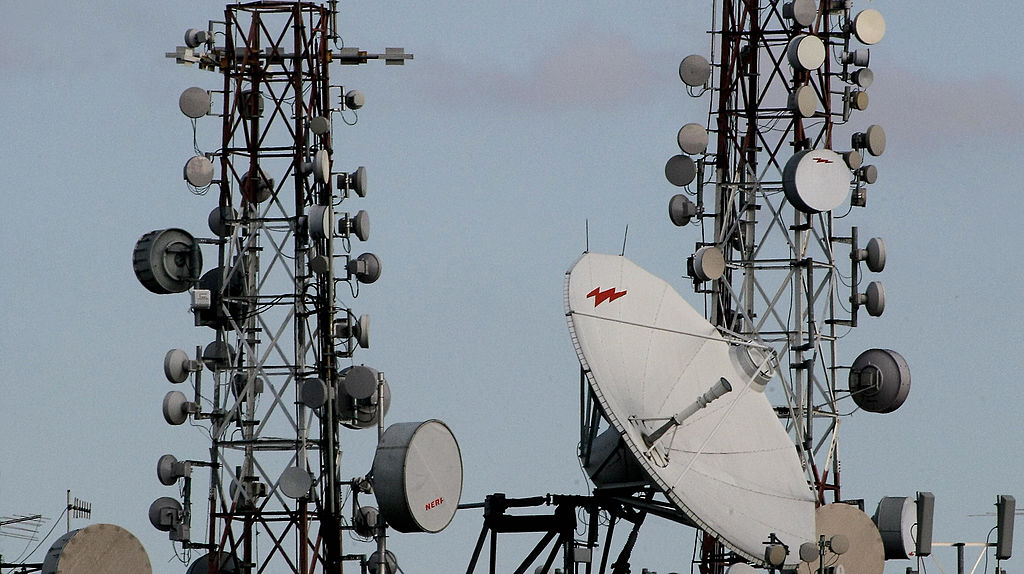Edge Computing: Where’s the Edge Moving to Now? Nokia Offers CluesEdge Computing: Where’s the Edge Moving to Now? Nokia Offers Clues
While far-edge micro data centers are feasible, they may not be practical for every enterprise.

The entire argument in favor of edge computing is that it expedites processing by closing the distance between processors and the data they need. It’s the movement that’s triggered the redistribution of data centers across broad geographies and miniaturized the form factors of many servers.
But is it as simple as relocating the processor? Or is the network that ties everything together – particularly with its Internet Protocol routing that bounces signals sent between adjacent buildings clear across the planet – messing things up more than we care to admit?
What Edge, Where?
A telltale clue found in a recent AT&T test of a system for real-time tracking of airborne drones points to the likelihood that “the edge,” at least from the service provider’s perspective, isn’t where we thought it was, nor perhaps what some in the telecommunications field would like it to be. As Data Center Knowledge recently reported, that test, staged at the AT&T Foundry experimental facilities in Plano, Texas, involved an on-site data center that appeared to be fulfilling the role of a future on-site micro data center (µDC) at a customer facility.
Yet as Jeff Shafer, an AT&T assistant VP, explained to us, that data center was portraying a different role: that of a National Technology Center, or NTC. It’s AT&T’s term for an owned and operated facility on its own real estate — perhaps newly built, perhaps repurposed from an existing function — parts of which exclusively host customer data and applications...
To read the rest of this free article, please fill out the form below:
About the Author
You May Also Like









